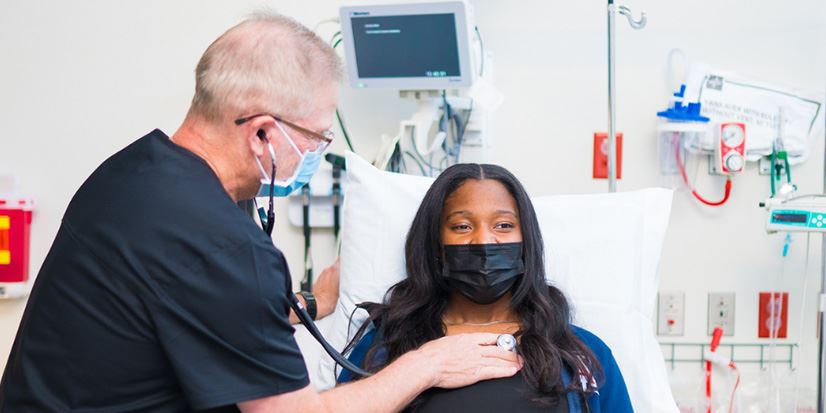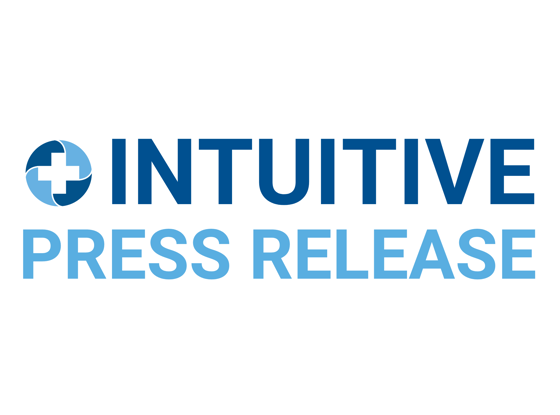Why Intuitive Health Chose the Retail Healthcare Business Model
- Category: Consumer Health, News
- Posted On:

Spending years in the health care industry, learning processes and procedures comes with time. There are typically traditional ways medical facilities operate, including urgent care clinics, doctor offices, hospitals, and emergency departments. Most, if not all, have relied on a fee-for-service model of health care instead of retail health care. This standard favors payers by prioritizing providers with compensation for the number of services performed, not the quality of care administered.
Retail Healthcare Model
There are over 332 million people in the United States, and all of them, at some point, will require health care. While the fee-for-service model provides the population with health care opportunities, it does not consider each patient’s experiences when they need services. Medical emergencies can be scary, especially in instances of life-threatening conditions. The job of health care professionals is to treat a patient and stabilize them, minimizing further risk and providing optimal treatment to begin the healing process. Many times, there is no customer service component to this patient journey, and patients sometimes feel alone, burdened, and unwelcome.
There is no question that patients are vulnerable when receiving medical care. They are visiting a health facility to be treated and listened to, not ignored. Because the fee-for-service model prioritizes the number of visits, sometimes it’s easier for physicians to focus on quotas – treating as many patients as they can in the shortest amount of time. Conversely, retail health care emphasizes treating the patient right the first time – taking the time to address all of the patient's needs. Furthermore, in most fee-for-service models, physicians dictate the entire medical and patient experience, from the moment of entry to diagnosis to billing to when they leave. Individuals and their families are not given options; they are leaving health care facilities disappointed because there is a lack of transparency, no convenient customer service, and little knowledge that would make them better informed about their care.
Thankfully, the health care landscape has shifted drastically over the past several years to retail health care. Patients want experiences equally or more important than those they have in other retail settings. They want to be a part of their health care journey, and they want to see their physicians partake in the social and human aspects of quality care. Now, because patients have more options and can pick and choose where to go and who to see for their medical needs, hospital and health care systems must focus on driving consumers to their facilities by meeting and exceeding their expectations while providing expert medical treatment. They can do this with retail health care.
The Intuitive Difference
Intuitive Health realized this shift, witnessed the discrepancy patients were having while visiting emergency departments, and wanted to change the health care landscape. Many consumers received services for their conditions, but they experienced long wait times, confusion, high medical costs, and most notably, inappropriate ER utilization rates, where their condition could have been treated at any non-emergent center and billed appropriately.
Instead, Intuitive Health knew this process could be improved if the focus was taken away from patients feeling like commodities and centered on superior patient experiences through retail health care. Part of this process was developing the dual care model—a combined emergency room and urgent care center under one roof. This idea alone has changed the way patients access, receive, and pay for health care services. Now, it’s used in multiple hospital systems to deliver value-based and retail health care.
The dual care model emphasizes compassion, timeliness, and wellness while enhancing the customer experience. Patients are made away of every process and procedure. They’re only billed for the level of care they receive, reducing the need to travel between facilities, overcrowding ERs for minor ailments, and putting the decision-making process into the hands of consumers.
Today, Intuitive Health operates 13 facilities with the dual care model and relies on the Net Promotor Score (NPS) to understand and listen to patient feedback. The NPS measures the patient experience to help improve Intuitive Health’s internal processes and procedures in real-time to serve patients and their needs with retail health care. Not only does this create brand loyalty, but patients are also now leaving more than satisfied with their health care experience. Convenient care is all under one roof and provided by ER-trained staff who demonstrate all the qualities patients expect.
Additional components of Intuitive Health’s dual model include:
- Seamless Experiences
- Billing Transparency
- Convenience
- Product Service Knowledge
- Expertise and Quality of Care
- Value-based Care
- Community Care
Patients want to connect with their physicians, not have impersonal experiences, and they can have it with a retail health care-based model. At Intuitive Health, we deliver that and so much more. To learn more about our model, visit us at https://www.iheruc.com/about-us/. Find more information about how we serve patients at https://www.iheruc.com/patients/, and consider connecting with us to understand how we can improve health care together, at https://www.iheruc.com/connect/.

.png)
